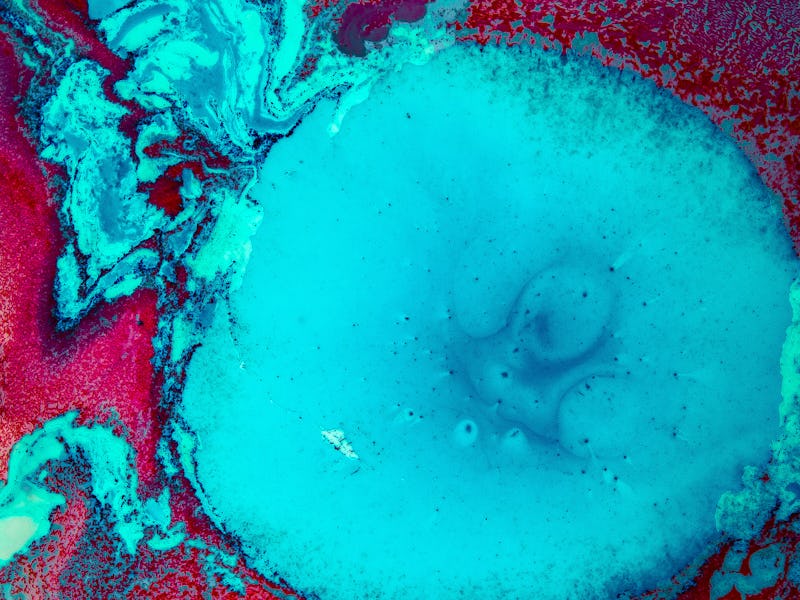Scientists Develop a New Theory for How Life Began on Earth
Evolution may have taken a much more radical track than we thought.

Scientists think about 3.8 billion years ago, a cocktail of organic compounds managed to come together in some way to create the first life. We know it was primitive and dumb, but still — it was life! But how this life evolved into, well, us has always been a murky investigation at best,
But new research published Monday in Nature Communications spearheaded by chemists at the Scripps Research Institute in La Jolla, California, suggests the framework for more complex forms of life were present on the planet as far as four billion years ago, and they facilitated the chemical reactions necessary to sustain higher froms of life as we know it.
“This was a black box for us,” Ramanarayanan Krishnamurthy a chemist at Scripps and the lead author of the new study, said in a news release. “But if you focus on the chemistry, the questions of origins of life become less daunting.”
It all comes down to the citric acid cycle — a metabolic process found in every oxygen-breathing organism on the planet. The citric acid cycle (also known as the Krebs cycle or tricarboxylic acid cycle) is the primary way these organisms release stored energy. For the longest time, however, it’s been thought that the citric acid cycle was impossible to run for the first organisms on Earth — for the simple fact that the ingredients didn’t exist back then. Most notably, free oxygen didn’t appear on the planet until, at the earliest estimates, 3.5 billion years ago.
The research team thinks we might be mistaken to assume the citric acid cycle was impossible back then. In a new stream of experiments, they outline how two other non-biological chemical processes, called the HKG cycle and the malonate cycle, could have been utilized to run a more elementary version of the citric acid cycle. The HKG and malonate cycles can combine to yield the same end products of the citric acid cycle — amino acids and carbon dioxide — by substituting citric acid cycle-dependent molecules for other, non-biological molecules.
The team believes that when biological molecules like enzymes began propping up, organisms could have begun replacing the non-biological elements with these biological ones, to run a more efficient, elegant metabolic cycle: the citric acid cycle.
This doesn’t mean this is how early life on Earth was generating energy. The combined HKG-malonate cycle is still a non-biological process. But what this means that the chemistry for the citric acid cycle seems to have already been established long before oxygen-breathing lifeforms managed to invent it. Instead of creating the citric acid cycle from scratch, life may have evolved to simply adopt an early version of it and replace some non-biological elements with biological ones, to create a more powerful way to harvest energy.
And if that’s the case, the way we think about the evolution of life could be profoundly different. More research is needed, of course, to determine whether these more rudimentary chemical reactions could have really evolved into a citric acid cycle, but at the very least, this new research is an illustration that the early Earth continues to be a more vibrant, complex system than we thought.
If you liked this article, check out this video of a 99 million-year-old dinosaur fossil.